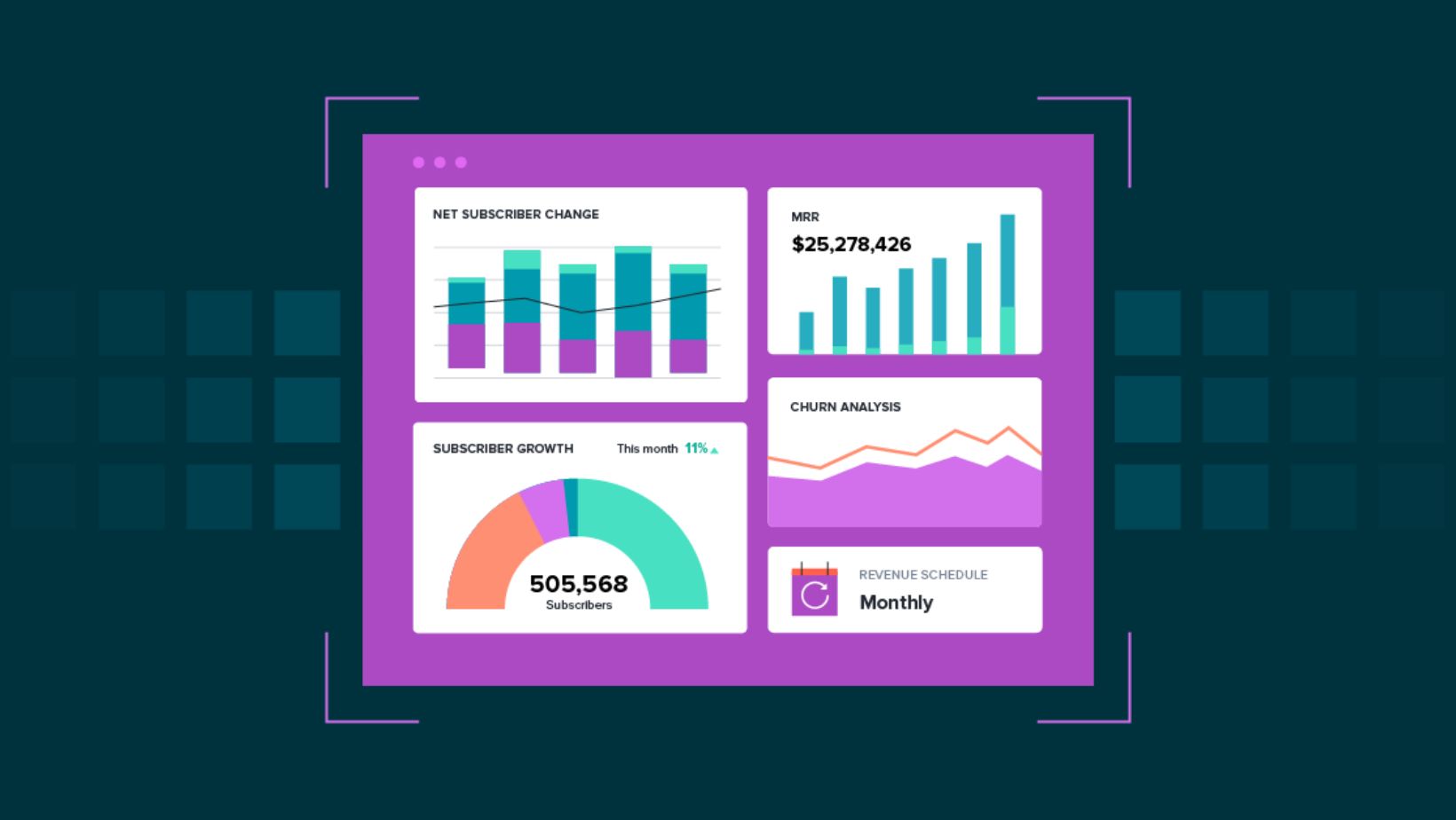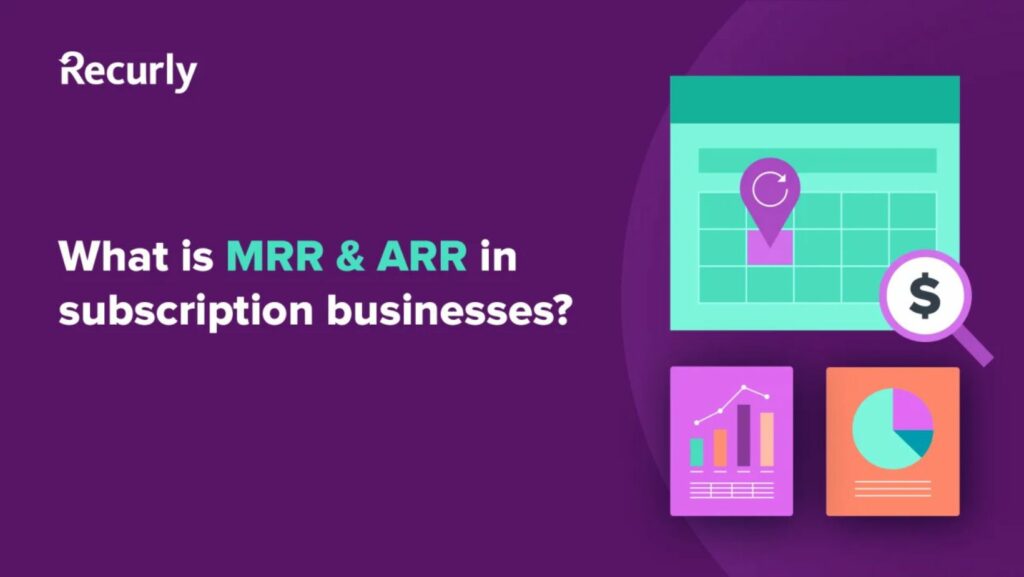Annual Recurring Revenue (ARR) is a cornerstone metric for businesses, especially those with subscription models, as it provides a reliable measure of growth potential and financial resilience. Research from SaaS Capital reveals that SaaS companies with robust ARR tracking are over 30% more likely to surpass their revenue targets compared to those without it.
However, errors in calculating ARR can lead to flawed projections and misguided strategies. In this article, we’ll dive into the fundamentals of ARR, explore its importance, demonstrate how to calculate it accurately, and share actionable insights for optimization. You’ll also discover how ARR differs from Monthly Recurring Revenue (MRR). Let’s begin!
What Is Annual Recurring Revenue (ARR)?
So what is ARR? ARR is a measure of the predictable, subscription-based revenue that a business can expect to earn over a 12-month period. This metric focuses on income derived from ongoing customer contracts and excludes irregular payments or one-off sales.
For subscription-based businesses, especially SaaS companies, ARR offers a clear view of financial health, helps in forecasting future income, and aids in strategizing for growth. Its focus on consistent, repeatable revenue streams makes it an essential tool for sustainable planning.
Why Is ARR Essential?
Understanding ARR is vital for subscription-based businesses because it goes beyond numbers — it provides actionable insights into the long-term stability and success of a company. Here’s why mastering ARR matters:
A Benchmark for Annual Progress
ARR serves as a reliable indicator of year-over-year growth. By tracking ARR consistently, businesses can assess the effectiveness of strategic decisions, such as pricing changes or new product launches. According to OpenView’s SaaS Benchmarks Report, companies with above-average ARR growth rates are 50% more likely to achieve their financial objectives.
A Foundation for Accurate Revenue Forecasting
ARR is a baseline metric for projecting future revenues. By integrating factors such as customer churn, upsell potential, and pricing adjustments, businesses can develop precise financial models. McKinsey highlights that companies leveraging ARR for forecasting are twice as likely to achieve consistent revenue growth. With ARR, businesses can navigate the future with clarity rather than uncertainty.
Enables Strategic Decision-Making
ARR offers a snapshot of financial health, helping businesses set achievable goals. Whether the focus is on acquiring new customers, improving retention, or refining pricing strategies, ARR provides the data needed to prioritize efforts effectively. ScaleXP notes that businesses using ARR for strategic planning see a higher success rate in hitting their targets.
A True Measure of Business Stability
ARR focuses solely on recurring revenue, excluding one-off sales or volatile income streams, providing a clear picture of a company’s financial stability. ChartMogul’s SaaS Retention Report found that businesses with a strong grasp of their ARR enjoy a 25% higher customer retention rate, showcasing how this metric supports long-term sustainability.
How to Calculate ARR
Calculating ARR involves isolating recurring revenues and excluding any non-recurring items. Here’s the formula:
ARR = (Total subscription revenue for the year + recurring revenue from upgrades or add-ons) – revenue lost from cancellations or downgrades.
This calculation begins with the total revenue from all active subscriptions, including any recurring upgrades or additional services. From this, you subtract the income lost due to cancellations or downgrades, providing a clear picture of the revenue your company can expect from its ongoing customer relationships.
For businesses operating on monthly subscriptions, ARR can also be calculated by multiplying MRR by 12. However, this method doesn’t account for fluctuations like upgrades or seasonal trends, so it’s best used as an approximation.
Key Factors in ARR Calculation
To ensure accuracy, it’s essential to include the following elements:
- Annual Subscription Revenue: The total revenue generated from yearly subscriptions, including new customers and renewals.
- Recurring Revenue from Add-Ons or Upgrades: Additional income from customers opting for premium plans, extra features, or increased usage.
- Revenue Lost from Downgrades: Any decrease in income from customers moving to lower-tier plans.
- Revenue Lost from Churn: The total annual revenue lost from customers who cancel their subscriptions entirely.
Excluding non-recurring fees like setup charges or one-time purchases ensures a precise ARR calculation.
ARR in Action: Spotify’s Example
Let’s use Spotify, a leader in the music streaming industry, as an example. Spotify’s subscription plans—Individual ($10.99/month), Duo ($14.99/month), and Family ($16.99/month)—generate significant recurring revenue.
Imagine a customer subscribes to Spotify’s Individual plan at $10.99/month. After four months, they upgrade to the Family plan at $16.99/month for the remainder of the year. Here’s the ARR calculation:
- Yearly Subscription Revenue: $10.99 x 12 = $131.88
- Revenue from Upgrade: $6/month (difference between plans) x 8 months = $48
- Lost Revenue (Churn): $0
ARR = $179.88
If 100 customers follow the same pattern, Spotify’s ARR from these customers would be $17,988. By tracking ARR, Spotify can evaluate the effectiveness of its subscription tiers and pricing strategy.
Four Ways to Optimize ARR
ARR is not just a metric; it’s a tool for driving growth. Here are four strategies to enhance ARR:
- Increase Customer Acquisition
Attracting more subscribers by refining acquisition strategies and optimizing your LTV-to-CAC ratio directly impacts ARR.
- Drive Upgrades
Encourage customers to switch to higher-tier plans by showcasing the added value of premium features.
- Boost Retention Rates
Retaining customers for longer periods increases ARR. Prioritize delivering value to minimize churn and maximize customer satisfaction.
- Refine Pricing
Optimize pricing strategies using data-driven insights to ensure maximum profitability without alienating customers.
ARR vs. MRR: The Difference
ARR and MRR both measure recurring revenue, but they serve distinct purposes. ARR provides a long-term perspective, useful for strategic planning and investor reporting. MRR, meanwhile, offers a month-to-month view, ideal for tracking short-term trends or the impact of specific campaigns. Together, they provide a comprehensive picture of immediate performance and sustained growth potential.
Conclusion
Mastering ARR is vital for subscription-based businesses aiming for consistent growth and financial stability. By accurately calculating and optimizing ARR, companies can gain deeper insights into their revenue streams, make informed decisions, and drive sustainable success.
Whether it’s refining pricing strategies, enhancing retention, or scaling customer acquisition, ARR serves as the foundation for achieving long-term business goals.



